

Traditional methods of building inspection mean a lot of preparation. You spend a lot of time setting up scaffolding, filling out paperwork and doing security checks. Gathering information is also tedious. Staff have to walk the ground to collect data and consider safety concerns when working at height.
With a drone building inspection, you can address these concerns while greatly reducing planning and turnaround time. By eliminating the need for scaffolding and rope access, the process is significantly streamlined. It allows you to safely, cost-effectively and quickly inspect and survey your property from unique angles. We give you a detailed overview of the condition of your property.
Using ultra-high-definition cameras and zoom lenses we can pinpoint areas that are suffering from decay, cracks, erosion, corrosion and other damage. Enjoy peace of mind in knowing that issues that are causing, and have the potential to cause, serious problems will be found quickly and efficiently.

The use of drone 3D modelling technologies gives you the opportunity to inspect a digital twin of a building from the comfort of your office. This detailed replica can be inspected at a minute level, allowing you to make a record of any areas that are in need of attention. Issues such as poorly executed repairs, general damage and other potential weaknesses can be shared with your employees, suppliers and other shareholders at the click of a button.

Drones equipped with thermal imaging cameras allow you to accurately assess the condition of a building. Infrared photographs can be used to detect extreme temperature differences that can locate otherwise unseen issues, such as concealed moisture damage and heat leakage.

The use of specialist impact-resistance technology deployed with our drones allows us to access areas that are otherwise too hazardous or difficult to reach. Get instant data from confined spaces without the time-consuming, labour-intensive and costly methods of the past, and with zero risk to personnel.

As licensed engineers, we also provide the expertise, understanding, and knowledge necessary to carry out a thorough inspection, with deliverables to match. Our skilled engineers are at the ready.
The Irish Aviation Authority has awarded Engineers with Drones full approval in accordance with the most recent European-wide EASA regulations.
To ensure that you always get the best possible service and cutting-edge deliverables, we purchase the most up-to-date drone technology as soon as it's available.
The operation of Engineers With Drones is governed by a comprehensive HSSE system. Our guiding principles are to reduce risk through rigorous assessment, and to maintain a high level of staff education and training.
We have 6.5 million in public and product liability insurance, and 13 million in employers' liability insurance. Engineers with Drones are fully insured to fly wherever you need.
As we're situated in Ireland, we can respond to your needs quickly, with zero travel complications.
As seasoned engineers in the field, we are aware of the trouble that shoddy reports and deliverables can create. For this reason, we provide you with exactly what you require.
Thanks to our fast turnaround times, your entire project can be completed in a fraction of the time of traditional methods, without any compromise in the quality of your deliverables.
In addition to quadrupling the resolution of an HD camera, 4K also gives you quicker frame rates, incredible contrast variations, and expanded colours. VR video takes the level of immersion and clarity to the next level.
The safety of your personnel and our own is paramount, and we place it at the forefront of our company culture. Ask us about our HSSE systems and practices.
Drone inspections take up less of your manhours and resources than traditional inspections, giving you a faster and more budget-friendly return on your investment.
Drones capture high-quality, impartial information that gives you an exact assessment of the status and needs of your asset.
Downtime is expensive and inconvenient. Using a drone, our engineers can conduct a thorough survey with little to no downtime.
We use cutting-edge technologies to detect problems that would otherwise be invisible. These include ultra-HD photography/video, LIDAR and thermal imaging.
Drone technology is cheaper, safer and more reliable than traditional methods such as scaffolding, cherry-pickers and ropes. It's also quicker and less labour-intensive. We will bring everything we need and be out of your way that same day.
We understand that you need answers fast. We can deliver a plain-English report with clear-cut conclusions in days. Then, you can take the steps you need to and get back to doing what you do best.
Sometimes the brief can change even in real-time. If need be, you can be stood there right next to the drone operator, directing them as the situation develops.
Engineers with Drones capture high-resolution aerial photos and footage from unlimited angles and perspectives. This gives you more detailed and professional-looking reports at a fraction of the cost of traditional surveys. This data can be viewed on site by your engineers, tradespeople and site managers. And, you can also share it digitally with anyone else who needs access, such as stakeholders and insurance companies. We can inspect the whole building or focus on specific areas, depending on what you need.
To find the best-tailored drone solution for your exact building inspection needs, let's talk today.

Building inspection by drone means less guesswork and faster deployment of personnel to affected areas. This saves both time and money. No matter what type of building you own or manage, building inspections need to be done regularly. Our inspection reports provide you with up-to-date, high-resolution data on all current and potential building issues, helping you get to the bottom of a problem faster. You'll have the the added benefit of being able to communicate exactly what repairs are needed and where.
Engineers with Drones capture high-definition, aerial photography and footage from unlimited angles and perspectives. Giving you more detailed and professional-looking reports at a fraction of the cost of traditional surveys. This data can be viewed on-site by your team, or it can be shared digitally with anyone else who may require to view it remotely. Just let us know what you need...
We also offer drone roof inspections. If you would like to find out more, please do have a look at our roof inspection page.
Drone roof InspectionsWe take emails, phone calls, messages, everything! If you are unsure of what's possible we are happy to advise, the most important thing is to get in touch. We'll be happy to answer any questions you may have.
With drones, it's best to begin where you want to end up. What sort of deliverable would you like when it's all finished? If you are not sure then we can advise. We can look at what you would like and work backwards from there.
Once we have agreed on what is to be done, the scope of work is set and a price is agreed upon. We feel it is vital that everyone knows what they are getting and what they are paying for it. There should be no confusion.
Once we have confirmation you are happy to proceed, we start the ball rolling. We organise things like RAMS, site permits, Air Traffic Control clearance and much more. Basically, we generate everything needed to turn up on-site with all our ducks in a row.
Next, we do the work on site. We have the gear, we have the know-how, so now it's time to get the job done. This can sometimes be affected by the weather, but for the most part, we get the job done on the date specified.
This is where we take what we generated in the field and turn it into a final deliverable for you. This can be anything from the raw data itself, to fully processed Orthophotos, condition reports, CAD line work or thermal imagery.
The final step is the handover of the deliverables. We tend to use a cloud-based service, so you can access your data anywhere. We can also tie into your existing systems if that is more convenient.
Our drones (and our people) can offer a lot more than just HD images. Our team all come from specialist engineering backgrounds, and they use all the very latest drone technologies and capabilities to deliver expert analysis on all types of commercial, civil and industrial assets. If you need an engineer's expertise, next-generation drone technology and industry-leading deliverables, then you've come to the right place.
Capture high-quality imagery of your assets from never before seen vantage points.
Find out moreDetect abnormalities within your assets that are otherwise invisible to the naked eye.
Find out moreCapture a high-resolution, photorealistic 3D model of your terrain, accurate to the finest details.
Find out moreMitigate the risk factors of traditional confined space inspections, without compromising on quality.
Find out moreUsing state-of-the-art technology, we can find and highlight issues that are hard to find or even invisible to the naked eye. This saves further time in the repair or replacement of building components. Tradespeople and other personnel on-site can be directed to areas of concern with pinpoint accuracy and with all the information they need. These reports can also be shared digitally with anyone else that may need to examine them. For example, with stakeholders and insurance companies.
We purchase the latest drones as they come on the market to ensure you are getting the highest quality service from us at all times. Here is a quick look at what we would be most likely to use for a typical drone building inspection.

The M300 RTK by DJI is the premier enterprise-level inspection drone on the market. With a flight time of up to 55 minutes, lots of built-in redundancy, and a host of payloads to choose from, this is our go-to UAV for inspection work. When coupled with the Zenmuse H20T camera, it is capable of safely inspecting high-value assets at a stand-off range.

One payload with a multitude of sensors. The H20T is specifically designed for conducting inspections of high-value assets. When coupled with the Matrice M300 aircraft, the various sensors on the H20T give the operator a wide array of options to get the best imagery possible.

Powerful yet attentive. The Mavic 3 Enterprise is the perfect discrete mapping and inspection drone. This is our go-to aircraft for missions where flying large drones would either be illegal or cause a disturbance. This powerful little drone gets the job done without showing off.

Small yet powerful. This tiny drone is our go-to drone for anything where we may be close to uninvolved people. The combination of its small size and powerful 48mp camera make it the ideal drone for urban and built-up areas where ground risk is a key consideration.

The confined space master: The Stereo 2 by Multinnov is the cutting-edge in confined space and indoor inspection drone technology. Eliminating the need to send personnel into hazardous locations, the Multinnov Stereo 2 can be deployed at a fraction of the cost, and with zero downtime. This is a drone designed from the ground up to get into restrictive and hard-to-reach places.
Read more...
Read more...
Read more...
Read more...
Read more...
Read more...
Read more...












































































































































































Safer and more cost-efficient flare (oil and gas) inspections

Clearer, faster results without the risks

Inspect and maintain energy assets without risk or downtime

Safer, more precise data collection at a fraction of the cost

Accurate and efficient analysis of crops and land
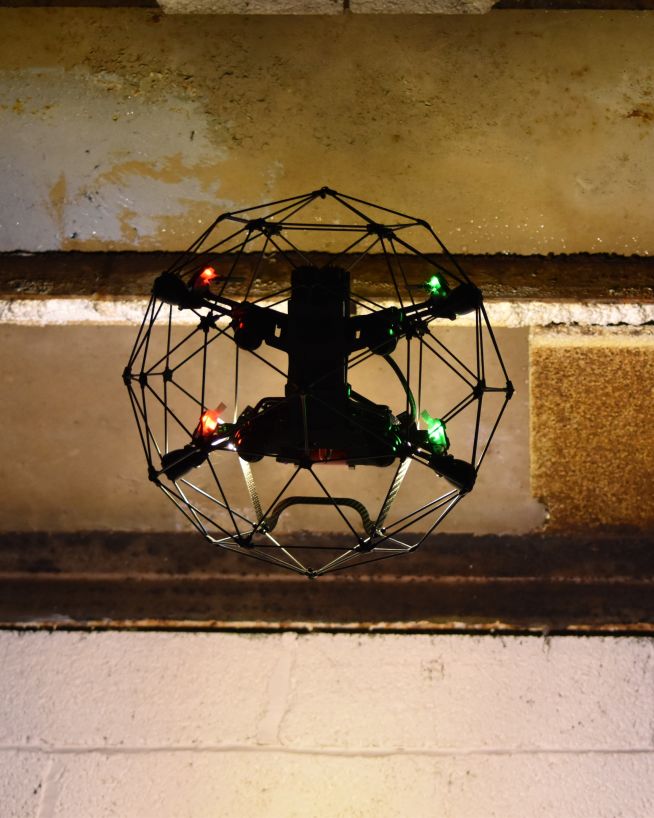
Eliminate safety concerns, save costs and reduce downtime

Analyse historical buildings without risk to people or property

Accurate, safe and instantly actionable data collection

Reduced risk, damage to towers and delays

Instantly usable data via a safer and more cost-effective process
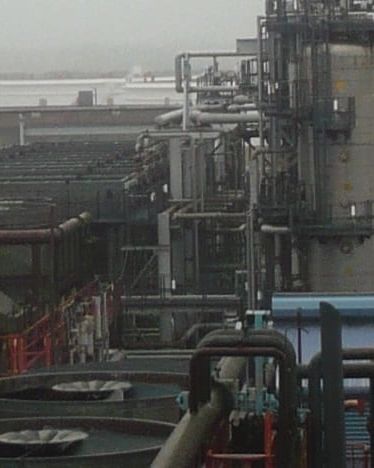
Keep production running while collecting instant critical data

Add "Wow Factor" to residential and commercial property listings
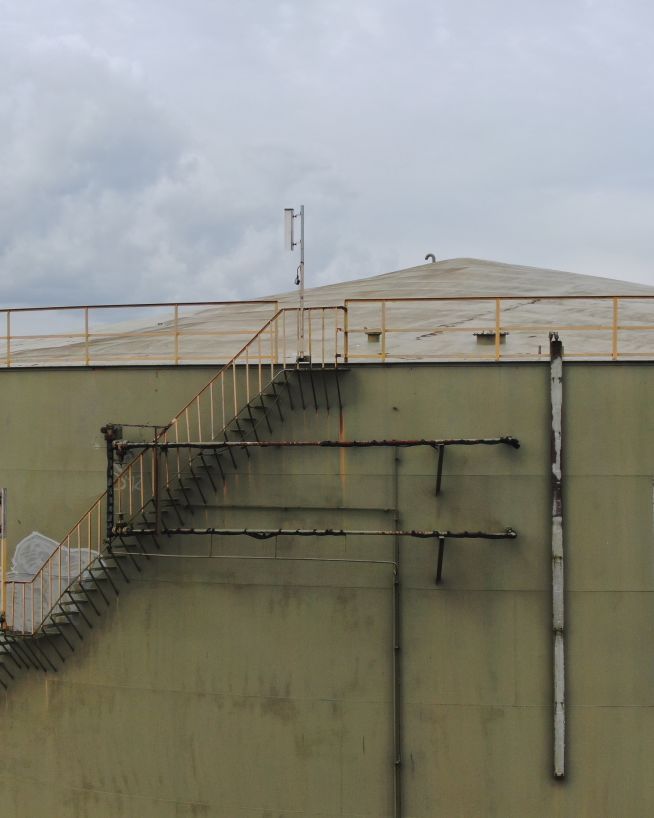
Get fast, usable data from a safe distance

Get actionable data on quality and operational health

Monitor coastal assets safely and with more precision

Get critical data on cell and telecommunication infrastructure

Monitor status and progress without downtime
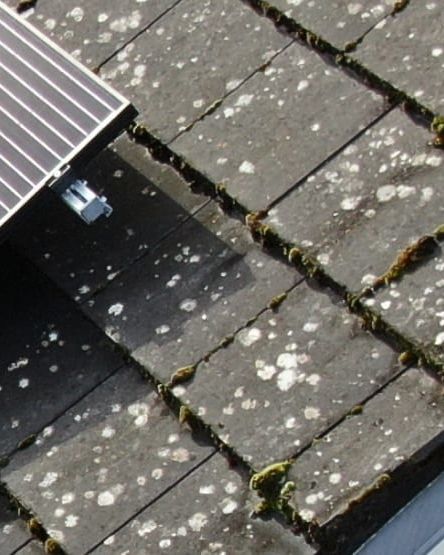
Ensure solar panel efficiency from precise data collection

Record and document reliable visuals without safety concerns

Safer, more cost-efficient, with less downtime

Assess damage quickly and with pinpoint accuracy

Instant, actionable data with no downtime

Safe, precise and instant reports on vessels and infrastructure

A more cost- and time-effective way to receive critical data

Critical, pinpoint details with none of the risk

Endless perspectives, without manned aircrafts or structures

Fast, actionable data without the risks of traditional inspections
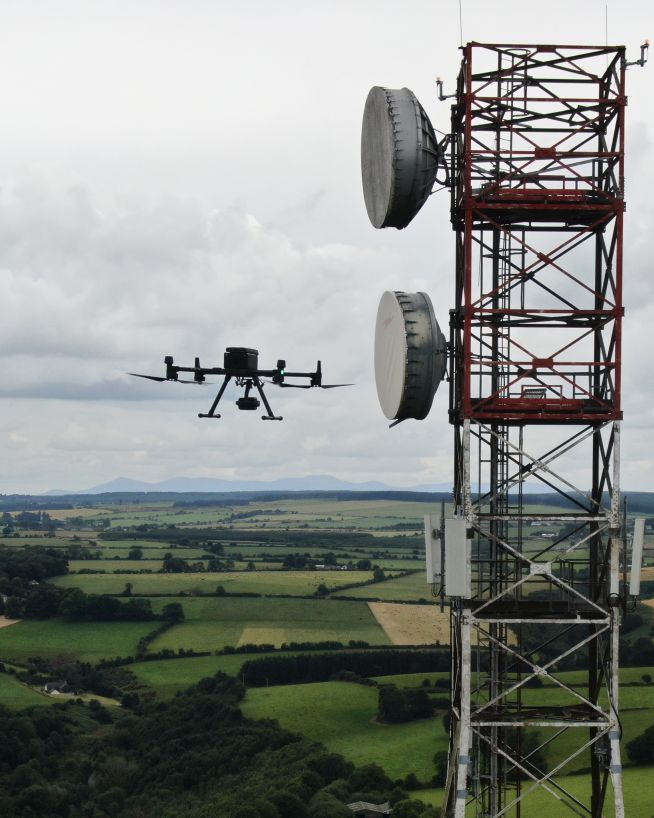
Instantly view complex structures, keeping risks to a minimum

Actionable data from a safe distance, with less downtime

Eliminates downtime and safety concerns, at a fraction of the cost

Faster, cheaper and more accurate analysis of land
3D mapping typically refers to the generation of a digital twin of a real world thing, be it a handheld object, a build/structure or a large piece of land. It is typically generated using either Photogrammetry but it can also be done using Lidar. Once generated a near photo realistic dimensionally accurate model can be then viewed assessed and manipulated in most any computer or handheld device. Also known as a digital twin or 3D modelling users can analyse these digital representations of objects in three dimensions.
The major advantage to this form of data presentation is the context it brings to the data. Every feature and defect is clearly seen within the larger context of the object. This makes it much more intuitive and efficient to work with with the data. This technique offers an up-to-date and comprehensive method of information collecting and visualisation. WHat we say here is "with 3D mapping you can bring the asset to the people instead of bringing the people to the asset". This means instead of ten different site visits by various parties there only needs ot be one visit thenall the rest cna be done in the office. More about 3D Mapping...
Lidar drone mapping is the use of drones equipped with Light Detection and Ranging (Lidar) technology to create high-resolution 3D maps of terrain, buildings, and other objects. The drone emits laser beams that bounce off objects and return to the drone's sensors, creating a detailed point cloud of the object or terrain. The resulting data can be used in a variety of applications, including urban planning, construction, and environmental monitoring. Lidar drone mapping is faster and more accurate than traditional surveying methods and can cover a larger area with greater detail in less time, making it an increasingly popular tool for mapping and surveying professionals. More about LIDAR...
Photogrammetry is a technique that involves the use of photographs to measure and extract three-dimensional information about an object or scene. It involves taking multiple photographs of an object or area from different angles and then using software to analyze the images and create a 3D model. The process involves identifying common points on the photographs and using these points to triangulate the location of the object in three-dimensional space.
Photogrammetry has many applications in various fields, such as surveying, architecture, engineering, and mapping. It is used to create accurate and detailed maps, models of buildings and landscapes, and to measure distances and volumes. In archaeology, photogrammetry is used to create 3D models of ancient artifacts and structures, allowing researchers to study and analyze them in detail without risking damage to the original objects. It is also used in cinematography to create special effects and computer-generated imagery. With the advancement of technology, photogrammetry has become a powerful tool for capturing and analysing complex visual data. More about 3D Mapping...
Drone-based thermal imaging is a technology that utilizes unmanned aerial vehicles (UAVs) equipped with thermal cameras to capture high-resolution thermal images of various objects or areas. This technology allows for the detection and measurement of temperature variations in a scene, enabling the identification of heat signatures of objects and their surroundings.
Drone-based thermal imaging can be used in a variety of applications, including search and rescue operations, inspection of power lines, pipelines, and other infrastructure, monitoring of wildlife, and identifying energy inefficiencies in buildings. The technology can detect temperature differences as small as 0.1°C, making it a valuable tool for detecting hotspots and identifying potential hazards.
In operation, the drone is flown over the area of interest, capturing thermal images of the scene. The images are then processed using specialized software that converts the temperature data into visible images that can be analyzed and interpreted. The resulting images can show temperature variations in a range of colors, with red and yellow indicating hot spots, and blue and green indicating cooler areas.
Overall, drone-based thermal imaging is a powerful technology that provides accurate, non-invasive, and efficient data for various applications. Its ability to provide high-resolution thermal imagery from a safe distance makes it a valuable tool for numerous industries and professionals. More about thermal imaging...
UHD or Ultra High Definition signifies that a camera's resolution is 3840x2160 pixels. This is exactly four time higher than high definition cameras (1920x1080 pixels), and so UHD is often also know as 4K. More about drone photography...